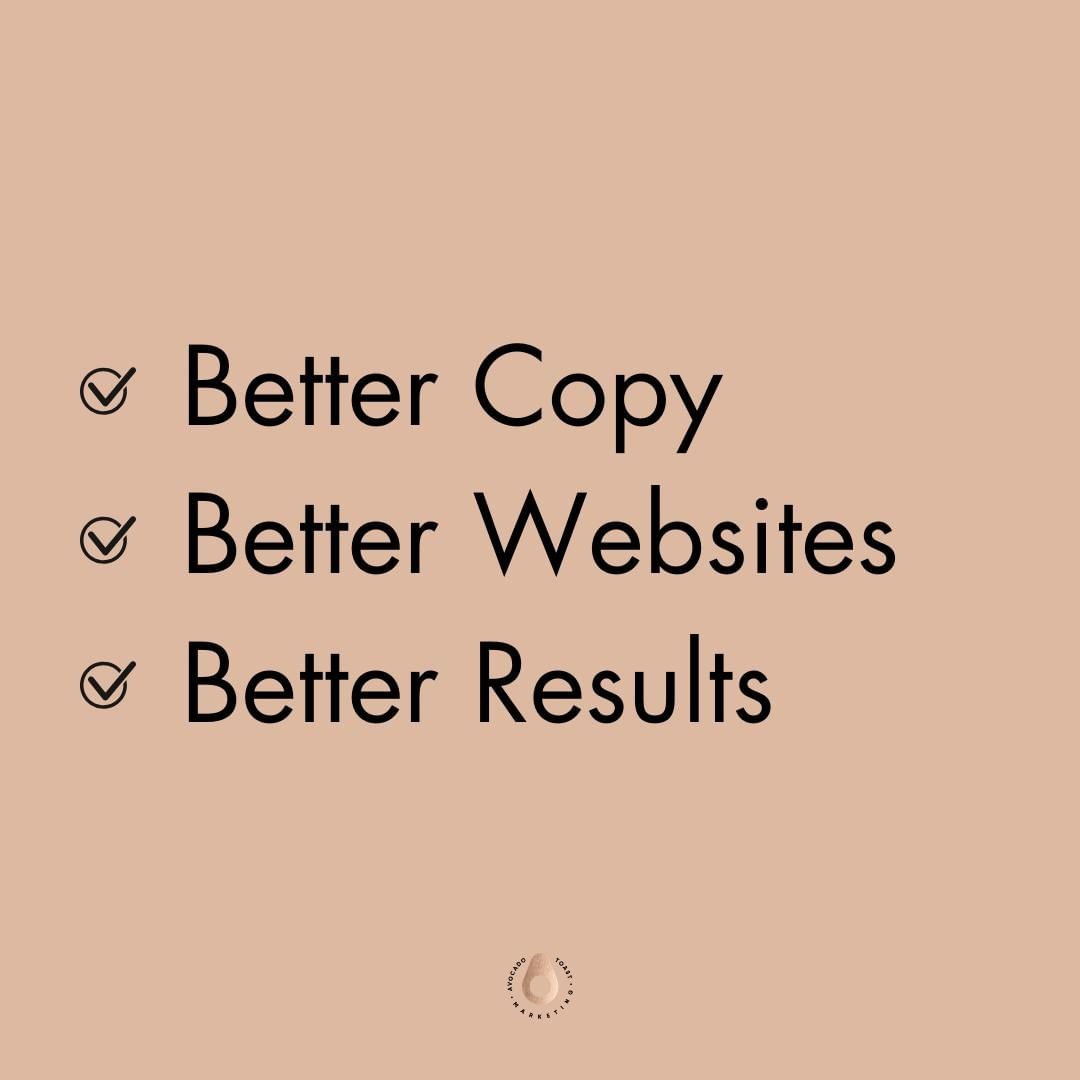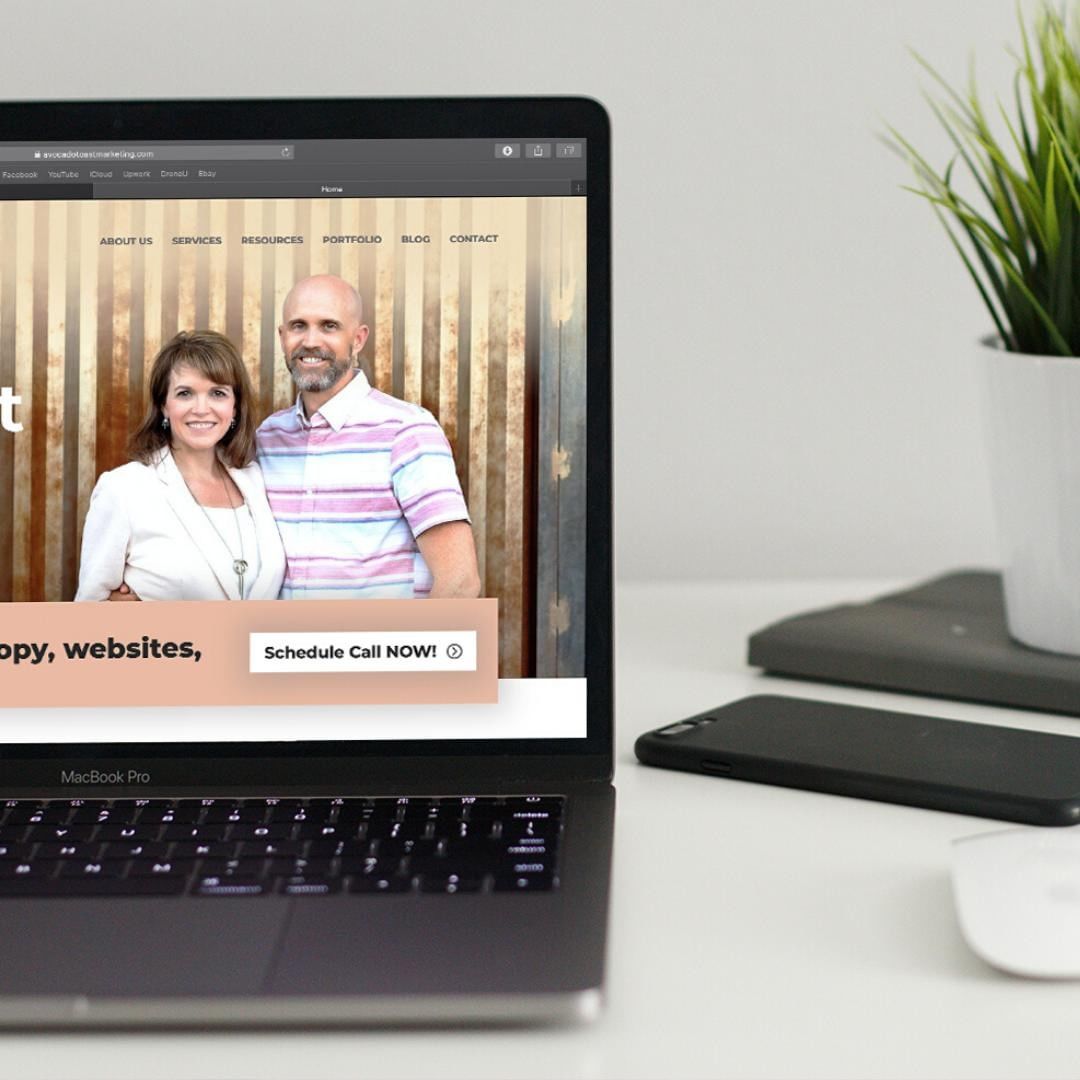Blog Detail
Enjoying the freedom of working on your own terms has never been so accessible and easy! Whether you’re a stay-at-home mom, an entrepreneur, or a professional who wants to ditch the 9-5 grind, it’s now easier than ever to launch your freelancing career on Upwork. Follow these 7 easy steps, (learn from some of my mistakes), and you’ll be on your way to a shiny new, freedom-filled, professional freelancing life on Upwork!
I am a stay-at-home mom, who wanted to help contribute to our family finances. Being home with my kids was a necessity, so running over to PotteryBarn for a job wasn’t going to be an option for me. Freelancing on Upwork has opened up a whole new world for me, and now, PotteryBarn doesn’t look that appealing anymore. (For employment, that is :))
After taking a 15-year (yes, year) hiatus from the “workforce,” I was very unsure of putting myself out there again. I had quit my job as a paralegal before staying home with my kids. The massive changes in the world of technology during that time period felt like I would forever be left in the dust. I was filled with self-doubt and wondered if I’d even enjoy the shift from being in a dynamic workplace to working from home?
{{featured_image}}
But now, after tasting the freelancing kool-aid, you couldn’t pay me to work away from home.
Starting a freelance career on Upwork takes a little time
There are many freelancing sites out there. Since my experience is with Upwork, that’s what I’ll focus on in this post. But I encourage you to do your research and see if Upwork is right for you.
Upwork (formerly O-Desk) is the world’s largest freelance marketplace. According to Wikipedia, there are 12 million registered freelancers, and 5 million registered clients. It’s a saturated market, so you’ve got to set yourself apart from the competition.
How do you do that?
Follow these easy steps and you’ll be on your way in no time.
Step 1: Open an Upwork account and start building your profile

Step 1: Go to Upwork and create a profile.
Like any online profile, you want your Upwork profile to reflect you in the most competent, professional and attractive light. Highlight achievements, certifications and anything else you feel will qualify you for what you’re trying to do. (I capitalized on my recent, unpaid experience starting a school, and all the lessons I learned in that journey.) It doesn’t have to be solely related to the work you’re applying for. The truth is you’ve learned a lot of lessons in your life. Capitalize on those lessons and how they’ve impacted you as a professional.
I want to encourage any fellow moms out there who aren’t quite sure where to start. My advice is, don’t overthink it. When I first starting looking some of the writer jobs, I was legit scared. I was intimidated by what I read and wasn’t sure I’d measure up. That’s why I started with something I knew I couldn’t mess up on…Shutterfly! I created several photo albums for a client. It was a gentle entry into the freelance world for me. I was able to get positive reviews from him, and it opened me up to more jobs.
Step 2: Focus on ratings more than the pay (at least at first!)

One of the ways clients look to sort through their applications is by looking at ratings. In the beginning, focus on building a good online reputation versus finding the best paying jobs.
Make your profile stand out by striving for a perfect 5-star rating. Upwork asks clients and freelancers to review each other at the end of a contract. If there is anything left unresolved with your client before your contract is up, be sure to make amends before they review you. Clients want good reviews from you as much as you want good reviews from them.
I’ve learned this lesson the hard way with an unpleasant experience with a client. Looking back I see that our communications were flawed from the beginning and we were never on the same page. Long story short…we parted ways and she left me a 2 1/5 star rating. I didn’t realize that I could’ve left her a review until it was too late. I thought that if I ignored the review, it wouldn’t show up on my profile. But that’s not the case. I’ll never skip this step in the future. Lesson learned.
Step 3: Research Your Rate
This is where it can get a little tricky, especially if you’re a beginner. As a freelancer, you’re responsible for all your own costs (and taxes). Therefore, you should charge a little more, right? Theoretically, that’s true, but clients are also looking for a deal.
I think it’s helpful to pretend you’re a client looking for your particular service. Look up your competition and see their experience level, where they are located, what their reviews say about them. This can be a helpful exercise in setting your own rate.
Each job on Upwork is marked with “$” sign which indicates the how much a client is willing to pay for a skilled freelancer. A single dollar sign means the client is looking for a deal and hence beginner level freelancers. Three $$$ signs indicate they are looking for highly skilled people with lots of Upwork experience. This will further help you to know how much clients are willing to pay for your skillset.
Keep in mind that your rate can be fluid, and sometimes it doesn’t even matter when you’re applying for a job. A client may say they have a budget of $100 for a project. When you apply you can change the amount you’re willing to work for. This may automatically rule you out if you bid too high for a job.
Rule of thumb: only apply for jobs that are in the ballpark of a rate you feel is worth it. (Or, if it’s the experience that you’re after, be willing to settle for lower paying jobs, in order to earn that coveted experience.)
Also, Upwork will take 20% of your earnings from your jobs until you reach $500 with EACH new client (it then decreases). That can add up to some serious change. But remember, you’re building a reputation, and you’re getting a chance to find jobs you wouldn’t otherwise be able to find without Upwork. Additionally, you don’t have to worry about getting paid as Upwork will automatically withdraw funds from your client and pass them on to you. In most cases, it’s worth it to get your foot in the door.
Step 4: Write an Awesome Cover Letter
When you find a job you’re interested in applying for, write a mind-blowing cover letter. It will be the first thing a client sees when you bid for a job. A poorly written cover letter may simply be tossed aside and your chance on that job could be lost.
In your cover letter, you must capitalize on your strengths and identify why you are the ideal freelancer. Even if you are lacking in the confidence department, now’s the time to fake it til you make it. Be sure to do this without lying or misrepresenting yourself. If you’ve been out of the marketplace for a while, it may be uncomfortable to promote yourself. But remember, this is a process everyone goes through at one time or another.
- Keep your cover letter short and to the point.
- Use bullet points for scannability and highlight your key qualities or experience.
- Pay attention to formatting (attention to detail is important for clients).
- Personalize. Spend a little time personalizing each cover letter.
Time-saving tip: Templated cover letters are a time-saver! But, clients can tell if you’re mindlessly copying and pasting to apply for jobs. I’ve tried to overcome this by creating several different cover letters and keep them in my Google Drive for easy access. I’ve organized them by the type of jobs I’m usually looking for so that I can easily copy and paste (and personalize) into my applications.
Reread each post before hitting submit. Sometimes there are specific instructions the client is looking for in order to weed out applications. (i.e.“Be sure to put ‘flying purple people eater’ somewhere in your cover letter so I can be sure you’ve read this post.”)
Step 5: Under-Promise, Over-Deliver
If you get asked to interview for a job, Congratulations! You’ve managed to stand out among the crowd. Now you’ve got to impress them again in your interview process.
Be yourself and sell yourself.
It’s easy when you know you’re equal to a job to come across and confident and an expert in your field. However, there are times you know you’re shooting for the stars on a job. I’ve learned that when I’m forthright about my inexperience with a given task, clients are often willing to give me a shot…especially when they realize that I’ll be easy to work with, dependable and honest.
Set realistic expectations for when you can turn in your deliverables. I try to under-promise and over-deliver. This means I pad my turn times, especially if I feel there might be a learning curve on my end. If you can’t deliver early, ALWAYS deliver on time.
Freelancers can be flaky. So I want to blow my clients away with my customer service. This means prompt replies on emails (no longer than 24-hours to reply) being cheerful and easy to work with over email, text or Skype.
Pet-peeve: The way you write can leave a negative impression. Don’t yell at your clients through email with ALL CAPS! Be selective about your exclamation marks (you can’t be excited about everything), and read, and re-read (and edit) your emails before hitting ‘send’.
These little things can make or break you’re working relationship with a client. Especially if you are providing some sort of writing service, take extra care to be sure you are turning in your best work with no errors, no typos, and no grammatical mistakes.
Step 6: Communicate Regularly and with Intentionality
Depending on your client, and the project you’re working on, be sure to check in from time to time and update your client on your progress.
One of the best things about freelancing is that you can stay out of the fray of workplace drama. However, this can make for a lot of speculation on how you’re being received on the other end.
A freelancer is more easily expendable, especially if you’re MIA on communications. Make yourself a valuable part of their team. Be pleasant, as available as possible, and get clarification when needed.
If you were in their shoes hiring a stranger, what sort of communication would you like to receive? Provide that and then some.
Step 7: Give Yourself Room to Explore Your Interests
Working online as a freelancer can be a great exercise in learning what you’re good at and what you don’t enjoy. Learning what you don’t want to do, is often more valuable than learning what you do want to do. For six months I worked as a Virtual Assistant (VA) through Upwork. My client lived and worked in NYC. He was great to work with and provided me with valuable experience. We even got to meet face-to-face and have lunch when we were visiting NYC (which is rare in the freelance world). This relationship ultimately led me to one of my current leading clients and helped me realize I wanted to do more copywriting and email marketing.
While that connection has benefitted me greatly, it also helped me realize I didn’t want to be a VA for the rest of my life. I knew I needed more flexibility with my time (even though he was very flexible) and more space to write creatively. But I never would have learned those lessons had I not started as a VA. My takeaway, start somewhere and be willing to try new things. You never know where it will lead.
Parting Words of Wisdom…
By following the steps I’ve outlined above, you’ll greatly increase your chances of getting more jobs through Upwork. But, that said, there can be dry spells when it comes to finding just the right jobs. If you can afford to be patient, and selective, you can carefully craft an online reputation of being a top-rated freelancer. Be patient your breakthrough will come.
If you’re on Upwork or considering getting started, I’d love to hear from you! Share your experience in the comment section below.
Yours in the journey, Cara
TOP ARTICLES
-

5 Surprising Things to Know About Your About Page -

8 Elements You Need on Your Home Page + Real-Life Examples You'll Love -

5 Ways to Know It's Time to Rebrand Your Website -

Get 6 FREE Email Sequences + Use this Quiz to GROW YOUR LIST! -

36 Powerful Copywriting Secrets You Can Use, Even if Think You Suck at Writing -

SLIDE DECK: How (and why) you Should Automate Email for your Business -

How I Became a Certified Copywriter, And You Can (and probably should) Too! -

Plan & Write Your Email Sequence with these 8 Easy Steps!

















